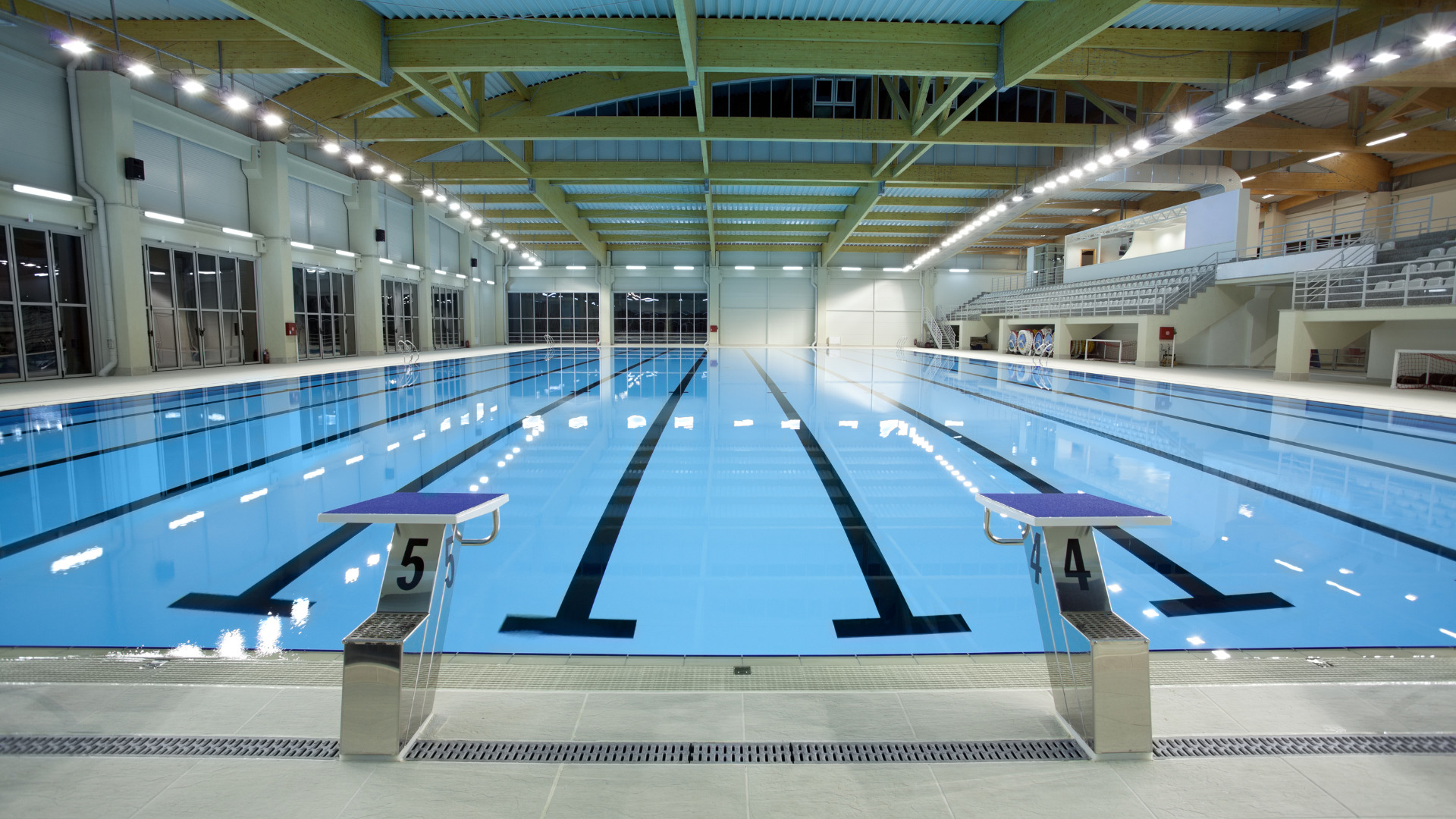
5 Common Risks Aquatic Centers Face and How to Mitigate Them
Aquatic centers are popular destinations for people of all ages to enjoy recreational activities and beat the summer heat. However, with great popularity comes great responsibility. Aquatic center owners and managers need to be aware of the various risks associated with such facilities and take proactive measures to mitigate them. In this blog, we will discuss 5 common risks that aquatic centers face and provide actionable strategies to help mitigate these risks. Additionally, we will explain why liability insurance, such as that offered by XINSURANCE, is essential for aquatic centers to ensure comprehensive protection.
- Slip and Fall Accidents:
One of the most common risks in aquatic centers is slip and fall accidents. Every year, in the United States, approximately 155,000 injuries occur in or around swimming pools many as a result of slip and fall injuries. With wet surfaces and constant traffic, it is crucial to prioritize safety measures to prevent such incidents. This section will provide practical tips on maintaining clean and dry walking areas, installing slip-resistant flooring, and implementing proper signage and safety warnings. Additionally, reminding visitors to exercise caution around the pool area can greatly reduce the risk of slips and falls. - Drowning Incidents:
In the US, an average of 3,500 to 4,000 people drown per year and it’s the leading cause of unintentional injury-related death for children ages 1-4. The risk of drowning is a serious concern for aquatic centers. While lifeguards play a vital role in ensuring safety, there are other preventive measures that aquatic centers must implement. This section will discuss the importance of adequate staffing, regular training and certification for lifeguards, proper pool design and maintenance, and the installation of safety equipment such as life rings and reaching poles. By implementing these measures, aquatic centers can significantly reduce the risk of drowning incidents. - Equipment Malfunctions:
Faulty equipment can pose significant risks to swimmers and the overall operation of an aquatic center. This section will emphasize the importance of regular equipment inspections, maintenance, and repairs. It will also highlight the need for clear protocols in place to address equipment malfunctions promptly. By regularly monitoring and maintaining equipment, aquatic centers can minimize the chances of accidents caused by malfunctioning devices. - Communication and Emergency Preparedness:
Effective communication and emergency preparedness are crucial in case of accidents or emergencies at aquatic centers. This section will focus on developing and practicing emergency response plans, training staff on emergency procedures, and ensuring clear communication channels between staff members, lifeguards, and visitors. By being prepared for unforeseen circumstances, aquatic centers can improve response times and minimize the potential impact of incidents. - Weather-related Hazards:
Weather-related hazards, such as lightning storms or extreme heat, can pose risks to aquatic center visitors and staff. This section will emphasize the importance of monitoring weather conditions in real-time and establishing protocols for evacuations or closures when necessary. Proper communication with visitors about weather-related risks and precautions can significantly reduce the likelihood of weather-related accidents or incidents.
Liability Insurance for Aquatic Centers
While implementing these risk mitigation strategies is crucial, aquatic centers should also consider the value of liability insurance. Aquatic centers face unique liability challenges, and generic insurance policies may not adequately cover these risks. Liability insurance, specifically tailored for aquatic centers, can provide comprehensive protection against potential lawsuits and financial losses. XINSURANCE, as a specialist in providing customized insurance solutions, offers aquatic centers the peace of mind they need.
By partnering with XINSURANCE, aquatic centers can benefit from coverage that includes protection against slip and fall accidents, drowning incidents, equipment malfunctions, and other potential risks mentioned above. With the ability to customize coverage limits, deductibles, and premiums, aquatic centers can create an insurance plan tailored to their specific needs. This ensures that the center is adequately protected in the event of an accident or legal claim.
Conclusion
Aquatic centers play a vital role in providing recreational opportunities and water-based activities for the community. However, with this comes the responsibility of managing various risks that these facilities face. By understanding and proactively mitigating the five common risks discussed in this blog, aquatic centers can create safer environments for visitors and staff alike. Additionally, by securing the right liability insurance coverage, such as that offered by XINSURANCE, aquatic centers can achieve comprehensive protection against unforeseen events and potential legal claims.
Head over to our Insurance for the Aquatic Industry page to learn more about how XINSURANCE can help you with your insurance needs and to get a quote!

